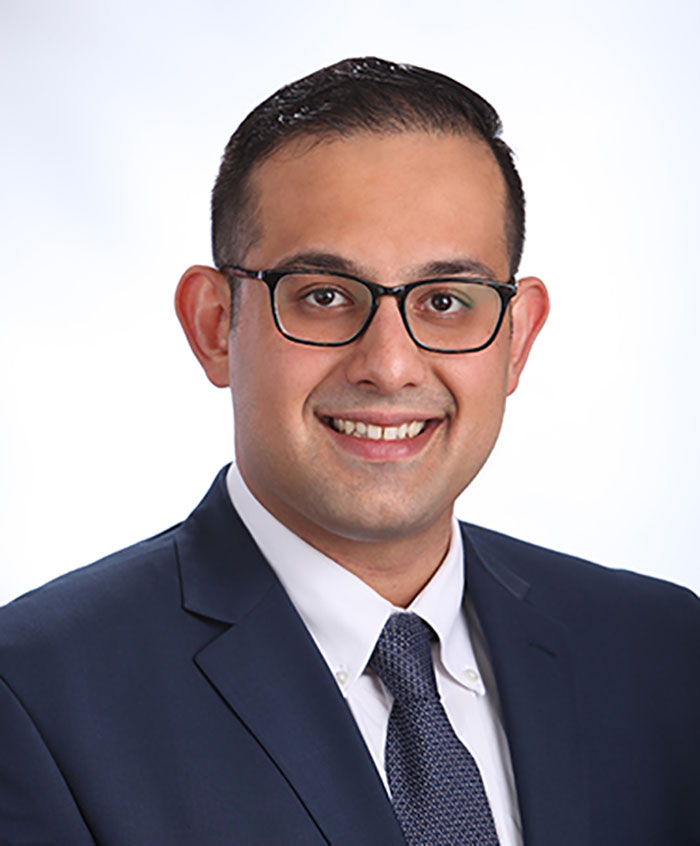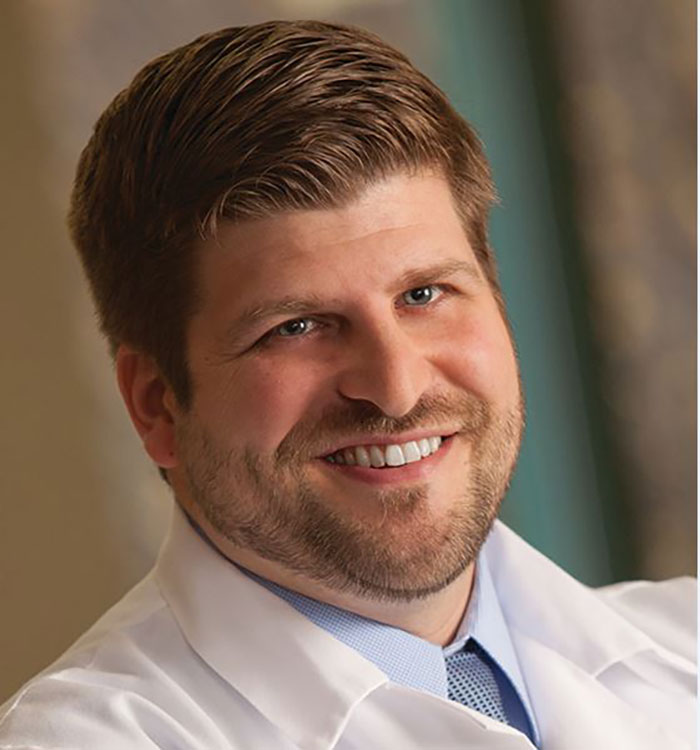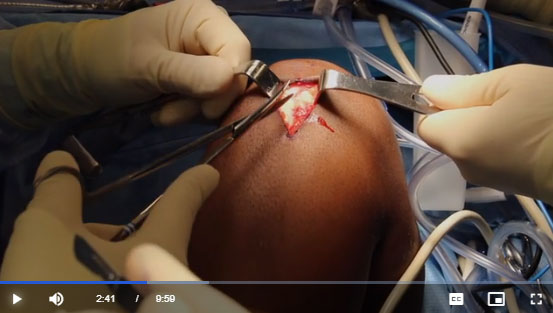Real-Time Research
July 06, 2021
UH surgeons demonstrate ACL repair techniques in first Video Journal of Sports Medicine study
Innovations in Orthopaedics | Summer 2021
The Video Journal of Sports Medicine (VJSM), a new publication developed by American Orthopaedic Society for Sports Medicine (AOSSM), is changing the way medical researchers present scientific results in sports medicine.
For years, print journals have advanced orthopedic research by highlighting the field’s latest surgical technologies and techniques. Now, physicians and medical students can see those technologies and techniques in action: They just click play.
“The journal enhances education by making content more interactive with physicians and healthcare providers,” says James Voos, MD, Chair of the Department of Orthopedic Surgery, University Hospitals Cleveland Medical Center and a member of the journal’s editorial board.
Dr. Voos uses the example of putting together a piece of furniture. “You can read the instructions, or you can watch a video on how to put it together. Watching someone else do it enhances the educational experience.”
A new study by UH Sports Medicine residents and faculty was the perfect fit for March 2021 debut issue of VJSM. The study, titled “Arthroscopically Assisted Anterior Cruciate Ligament Reconstruction Using Bone–Patellar Tendon–Bone Autograft,” uses video to demonstrate the different surgical techniques for anterior cruciate ligament (ACL) reconstruction, along with the advantages of each technique based on physician preference and various patient factors.
 Yazdan Raji, MD
Yazdan Raji, MD James Voos, MD
James Voos, MD Michael Salata, MD
Michael Salata, MD
“We wanted to present the various ACL reconstruction techniques in one all-encompassing video while offering some tips and pearls for residents and trainees,” explains Yazdan Raji, MD, a third year UH Orthopaedic Surgery resident and first author of the study. “The video journal allowed us to provide them that visual.”
A case for video
Orthopedic surgeons nationwide are seeing an increase in ACL injuries, not only in professional athletes, but also younger adolescents. Because there are so many techniques to successfully perform ACL reconstruction, communicating the ins and outs of each variation can be challenging. New physicians or residents must understand when to consider each technique, how the procedures vary across different age groups, and what tips and tricks can help when delivering treatment.
“It’s very important when doing an ACL procedure to know all the different options and the fundamentals, but also the specific technical aspects that allow you to care for a patient, from an adolescent to adult,” Dr. Raji explains. Some UH surgeons will use a flexible reamer for placing the ACL tunnel and others use an acorn reamer, which is shaped like an acorn. “All of these instruments can be used to do the same task, and if you’re not familiar, it can be a bit confusing as a resident.”
Compiling multiple, complex surgical techniques in a first-of-its-kind video study may seem daunting. But Dr. Raji and a team of UH Orthopaedic Surgery residents completed the study in record time, selecting patients, filming the techniques, adding video commentary and submitting for their research for publication just two months after choosing their concept. UH Orthopaedic Sports Medicine faculty and attending physicians, Dr. Voos, Michael Karns, MD, and Michael Salata, MD, also provided support and mentorship to the residents as co-authors on the VJSM publication.
“Our goal with research is always to generate ideas that might help move the needle in sports medicine,” says Dr. Salata, Division Chief, Sports Medicine at UH Cleveland Medical Center. “We facilitate and champion that by mentoring our residents and supporting them, but it’s a credit to them to carry it to the finish line.”
A game-changing format
VJSM may be a first for the field of sports medicine. But it also marks a larger shift in the way medical training and education are being delivered to enhance convenience, quality and interactivity for audiences. While nothing can replace in-person training, video content is readily accessible for those looking to supplement training or refine their skills anywhere, any time.
“For the new generation of surgical trainees, video is how many of us are getting education before surgery,” Dr. Raji explains. “When we’re preparing for a procedure in the next few days, I often find myself reverting to resources [like the video journal] after the usual background reading. I want to see how to perform the procedure.”
The same goes for busy physicians, who may prefer the convenience of watching a video over attending a conference or lecture.
“Sometimes seeing a tip or pearl in video can make your process better, whether you are a resident or an experienced surgeon,” Dr. Salata says. “It’s important to always be learning.”
Of course, there are special considerations when using video for medical studies, including the logistics of producing video content, which requires proper patient selection, technical equipment and coordination. Researchers must also ensure that video research is evidence-based to maintain scientific credibility.
“There are preferences that each surgeon has,” Dr. Raji says, “but it’s critical to distinguish whether it’s simply a preference of that surgeon or if it’s a preference that’s based on evidence and backed by literature.”
Peer review is another marker of quality. VJSM is the first peer-reviewed scientific video journal for sports medicine, meaning all videos and data published undergo the same editorial scrutiny as other scientific journals.
“Physicians can post surgical tips on lots of websites, but those are open platforms with no peer review,” Dr. Voos says. “The Video Journal of Sports Medicine is helping share leading-edge technology and findings faster, and with very high quality. You are not only reading but seeing—and that’s reinforcing the science.”
View the full video study on ACL reconstruction techniques or learn more about the Video Journal of Sports Medicine here.
Contributing Experts:
Yazdan Raji, MD
Resident Physician
Department of Orthopaedics
UH Cleveland Medical Center
Michael Salata, MD
Director, Joint Preservation and Cartilage Restoration Center
Division Chief, Sports Medicine
UH Cleveland Medical Center
Associate Orthopaedist Team Physician
The Cleveland Browns
Assistant Professor
Case Western Reserve University School of Medicine
James Voos, MD
Professor and Chair, Department of Orthopaedic Surgery
Jack and Mary Herrick Distinguished Chair
Orthopaedics and Sports Medicine
University Hospitals
Head Team Physician, Cleveland Browns
Medical Director, Cleveland Ballet
Charles H. Herndon Professorship and Chair
Case Western Reserve University School of Medicine



